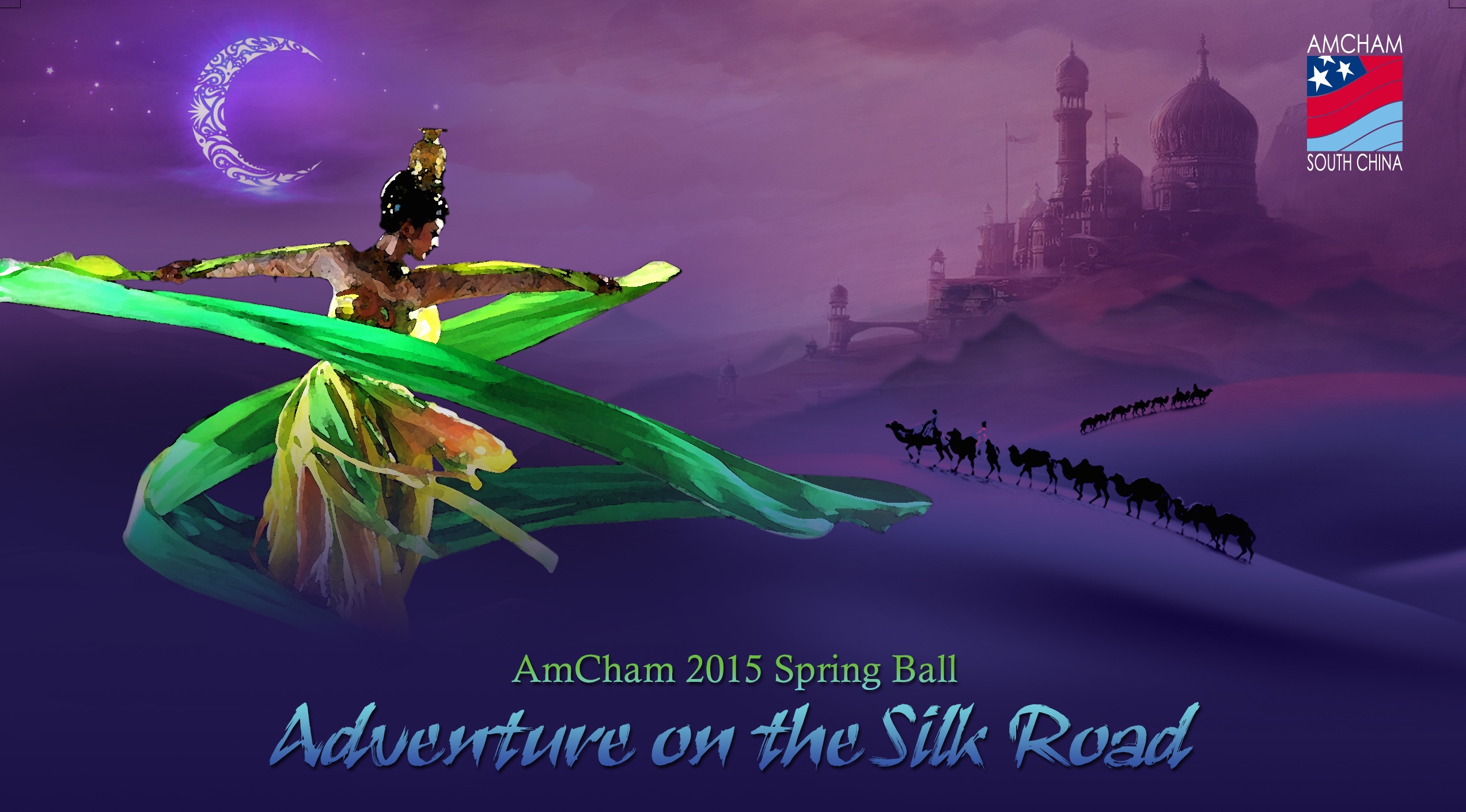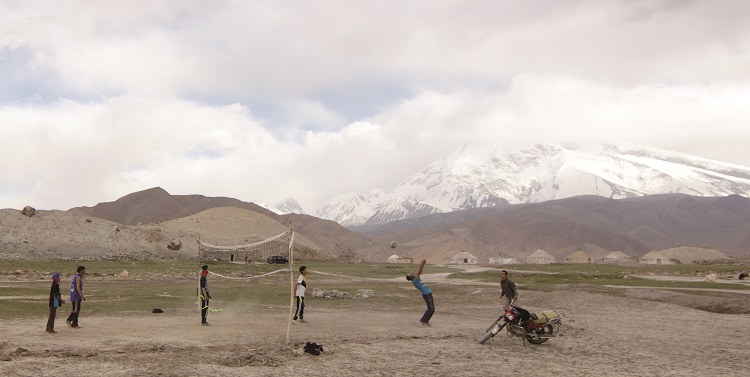By Lee Moore, photos by Galen Burke
We were almost a fifth of the way along our journey along the Silk Road, in the town of Huazangsi, when we encountered fairies. Huazangsi is a Tibetan area in the Gansu Corridor, just two hours northwest of Lanzhou. Though most people think of the Silk Road as all sandy desert, the land here is largely high alpine pastures and mountains.
 We had left Huazangsi by a quarter to six that morning, but it was already a few minutes past eight when we arrived. The journey up to the Maya Snow Mountain trailhead should have only taken two hours, but we had gotten caught in traffic jams with 400 sheep and, further up, a herd of yaks. For five minutes, all our driver could do was honk and slowly push through the hundreds of animals moving alongside us.
We had left Huazangsi by a quarter to six that morning, but it was already a few minutes past eight when we arrived. The journey up to the Maya Snow Mountain trailhead should have only taken two hours, but we had gotten caught in traffic jams with 400 sheep and, further up, a herd of yaks. For five minutes, all our driver could do was honk and slowly push through the hundreds of animals moving alongside us.
The hike to the lake was not long, only 4 kilometers. However, it started high at 3,300 meters and went much higher, the second lake topping out at 4,000.
"I thought I was just out of shape," an Aussie companion huffed, watching us panting our way up the incline.
According to Tibetan legends, the two lakes, one on a rock face above the other, each have a fairy living inside them. These mystic beings like sacrifices of flowers sprinkled into their watery abode, but are sensitive to noise, so our guide told us that we had to keep quiet when we were at the lakes. Otherwise, the fairies might cause it to rain in order to get us to leave.
The legends might not be real, but what is certain is that the mountains are desperately beautiful, similar to Wyoming's Wind River Mountains, with granite peaks towering over bright green hills, pieces of shale crumbling into slabs that slide across the trail in mini avalanches.
We came to a bend in the trail. Just above us was the lower lake, blocked by a small cliff face that we had to navigate around. At that moment, two men in cheap suits passed us, chattering and smoking. "Please, you need to be quiet," our guide, a firm believer in the fairy legend, told them. "The fairies that live may make it rain unless you are quiet."
"Cheat," one of the men yelled at our guide, in a thick, central Hubei accent. "You're a cheat. I'm going to get to the lake and yell as loud as I can. You'll see. There are no fairies here." He stomped his cigarette into the grass.
The first man walked on, but the second man turned around before he got to the lake. "I don't want to go. This isn't fun." He made up an excuse. He had been spooked by the threat of a fairy curse. His friend continued on, but quietly turned around soon after glancing at the lake. The pair had disappeared by the time we made our ascent. Neither yelled anything as they left.
 The lower lake was brown and muddy, but the upper lake, reached by a 100-meter set of stairs carved into the rock face, was sublime. Sheer granite walls surrounded the environs and a holy Tibetan cairn whistled with the sound of the prayer flags tied to it, flapping in the wind. Little vegetation was visible. We whispered to each other and sprinkled flowers onto the surface of the water. A large Tibetan religious painting had been carved into the side of one of the cliff faces, but was only visible to those who made the climb to the second lake.
The lower lake was brown and muddy, but the upper lake, reached by a 100-meter set of stairs carved into the rock face, was sublime. Sheer granite walls surrounded the environs and a holy Tibetan cairn whistled with the sound of the prayer flags tied to it, flapping in the wind. Little vegetation was visible. We whispered to each other and sprinkled flowers onto the surface of the water. A large Tibetan religious painting had been carved into the side of one of the cliff faces, but was only visible to those who made the climb to the second lake.
But we could not linger. Above us, dark afternoon clouds were moving in. Half a dozen tourists had gathered down at the lower lake, shouting at one another. Maybe there was more to the fairies than I realized. We returned to the trailhead before the showers came.
// Lee Moore and Galen Burke won the 2013 Outside Magazine Adventure Grant with a plan to hitchhike the Chinese section of the Silk Road, from Xi’an to Kashgar, visiting parks and scenic areas along the way. The project's goal is explore China's remaining wild spaces while also understanding what the Chinese people think of the wild. We’ll be following their journey every month as they investigate the culture and nature along this historic trade route. For more information on the Silk Road Hitchhikers, visit www.silkroadhitchhikers.com.





















0 User Comments